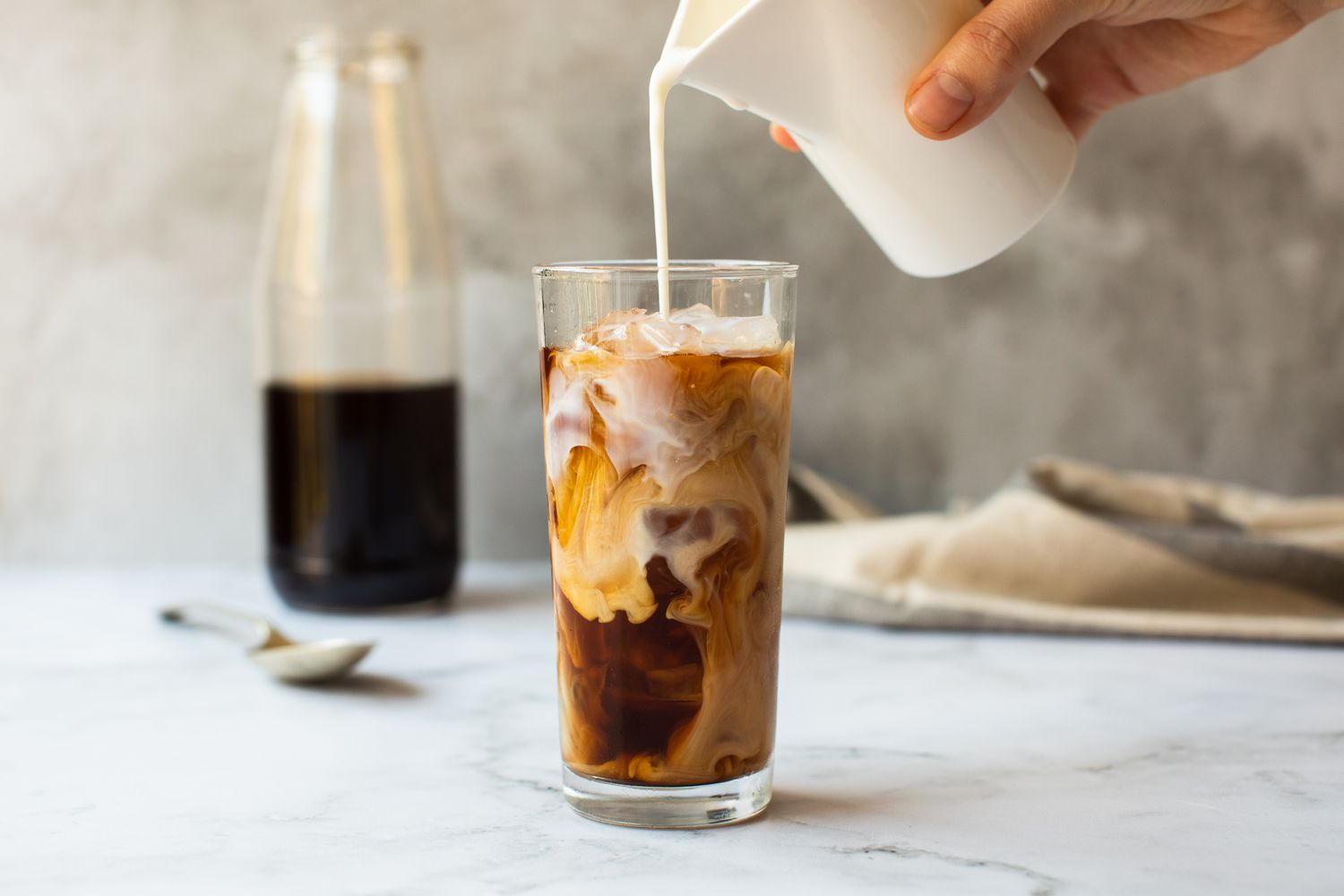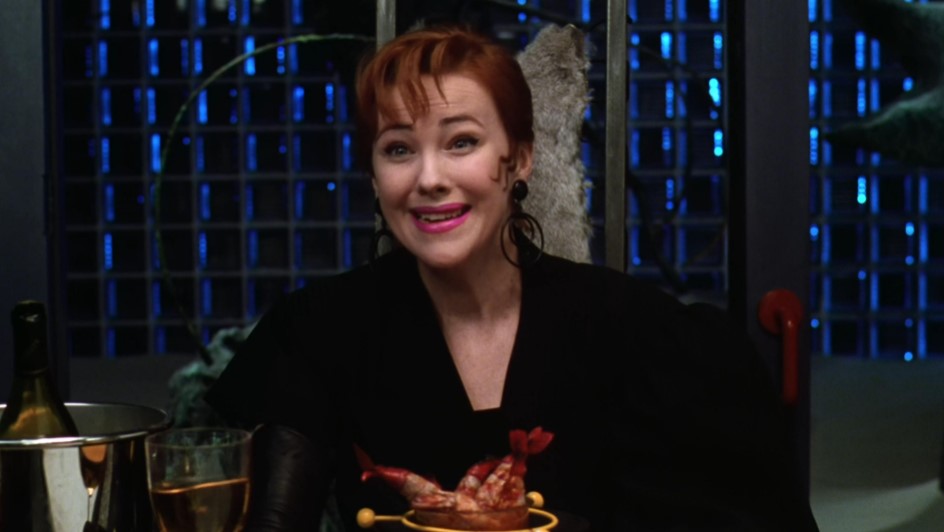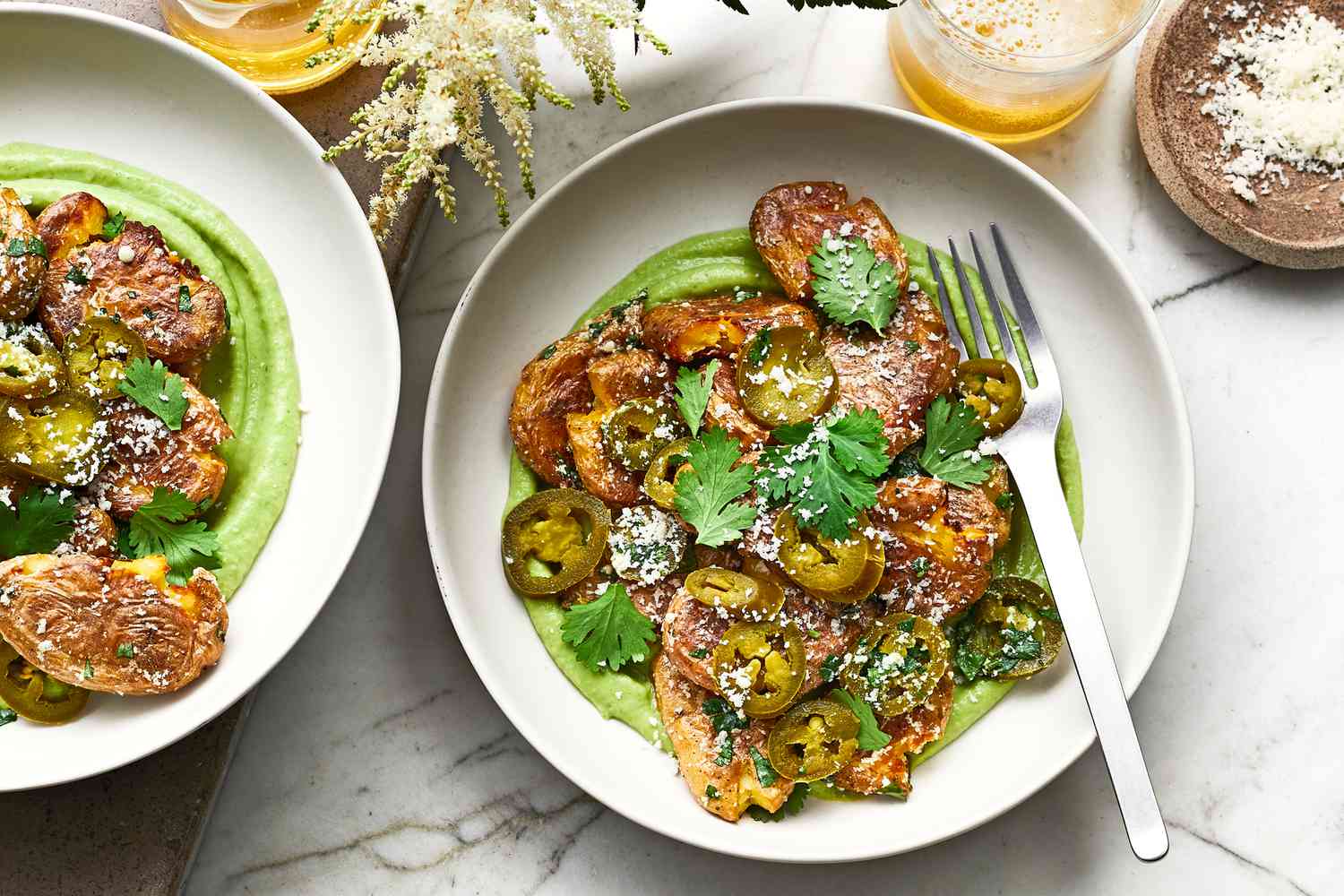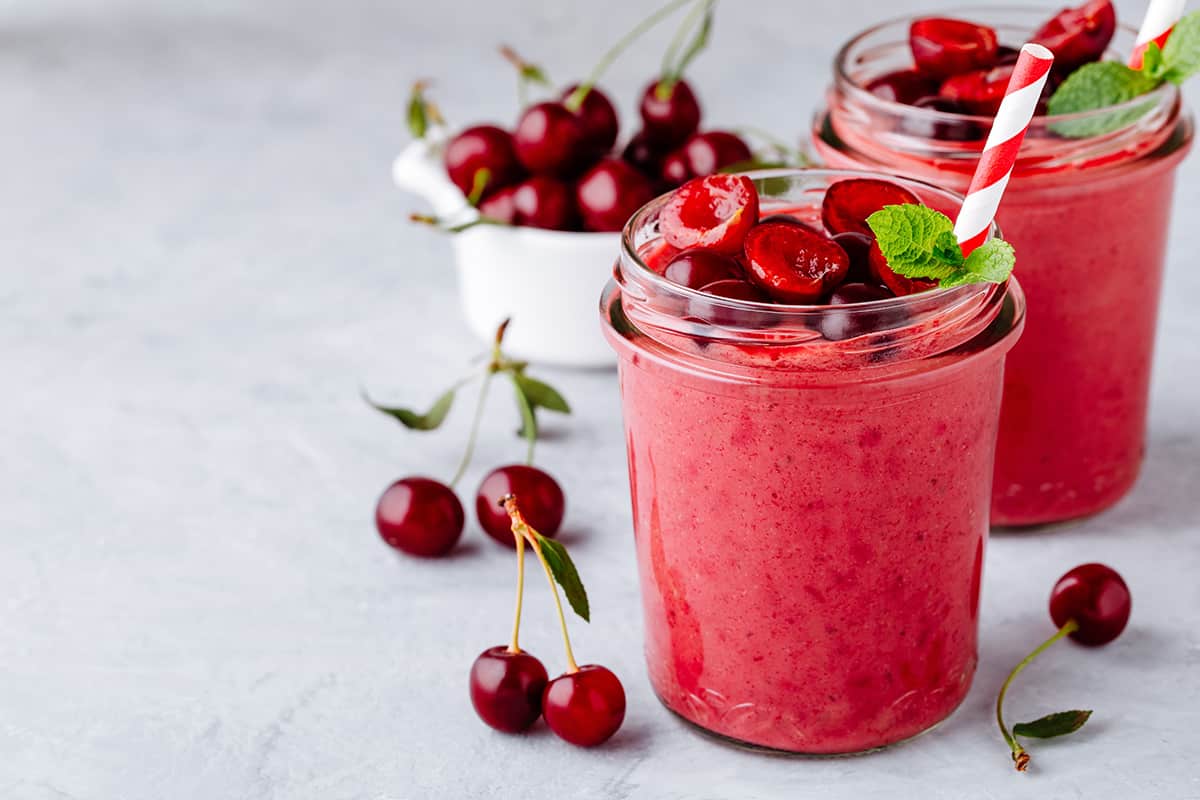DIY Pet Food vs. Commercial: The Role of Pet Food Quality Control
:strip_icc()/preparing-natural-food-for-pets-1137592020-52ac6351f68e499fb22594085222ca60.jpg)
As a pet owner, you want the best for your furry companion, and their diet is a top priority. With the rise of pet wellness trends, many owners are exploring DIY pet food as an alternative to commercial options. While homemade pet food offers a personal touch, it comes with challenges that can impact your pet’s health. On the other hand, commercial pet food benefits from rigorous pet food quality control processes designed to ensure safety and nutrition. This article compares DIY and commercial pet food, highlighting the critical role of pet food quality control in commercial products and offering guidance for pet owners considering homemade diets.
The Appeal of DIY Pet Food
Homemade pet food has gained popularity as pet owners seek to control what goes into their pets’ meals. The idea of preparing fresh, wholesome food tailored to your pet’s preferences is appealing. You can choose high-quality ingredients, avoid additives, and cater to specific tastes or dietary restrictions. For example, if your dog is sensitive to certain grains, you can create grain-free meals at home. DIY pet food also allows you to bond with your pet through the act of cooking, and it can feel like a natural extension of caring for their well-being.
However, creating DIY pet food is not as simple as cooking for humans. Pets have specific nutritional needs that vary by species, breed, age, and health condition. Dogs, for instance, require a precise balance of proteins, fats, carbohydrates, vitamins, and minerals, while cats need higher levels of taurine, an essential amino acid. Without proper knowledge, homemade diets can lead to nutritional deficiencies or excesses, which can harm your pet over time. This is where pet food quality control, a cornerstone of commercial pet food production, becomes critical.
Read more: Anti-Inflammatory Foods: A Natural Treatment for Bone on Bone Knee Pain
Challenges of DIY Pet Food
One of the biggest challenges of DIY pet food is ensuring nutritional balance. Unlike commercial pet food, which undergoes strict pet food quality control, homemade diets lack standardized testing and formulation. For example, a homemade diet might be rich in protein but lack essential micronutrients like calcium or vitamin D, leading to issues like bone weakness or organ stress. A 2013 study published in the Journal of the American Veterinary Medical Association found that 95% of homemade pet food recipes analyzed were deficient in at least one essential nutrient.
Another challenge is consistency. Even if you follow a recipe, variations in ingredient quality, portion sizes, or preparation methods can affect the nutritional content. For instance, cooking vegetables too long can deplete their vitamins, while undercooking meat can pose risks of bacterial contamination like salmonella. Without professional pet food quality control, it’s difficult to guarantee that every batch of homemade food meets your pet’s needs.
Additionally, preparing DIY pet food is time-consuming and costly. Sourcing high-quality ingredients, such as lean meats or organic vegetables, can be expensive, and the time spent planning and cooking may not be feasible for busy pet owners. There’s also the risk of improper storage, which can lead to spoilage or contamination if not handled correctly.
Read more: Best Website to Buy Medical Equipment: Explore Top 5
The Role of Pet Food Quality Control in Commercial Pet Food
Commercial pet food, when produced by reputable brands, undergoes stringent pet food quality control processes to ensure safety, nutritional adequacy, and consistency. These processes are designed to meet standards set by organizations like the Association of American Feed Control Officials (AAFCO) and the U.S. Food and Drug Administration (FDA). Here’s how pet food quality control makes commercial pet food a reliable choice:
-
Ingredient Sourcing and Testing: Manufacturers carefully select and test raw ingredients for quality and safety. For example, meats are screened for contaminants like bacteria or heavy metals, ensuring they’re safe for consumption.
-
Nutritional Formulation: Commercial pet food is formulated by veterinary nutritionists to meet AAFCO guidelines, which specify minimum and maximum levels of nutrients for dogs and cats at different life stages. This ensures a balanced diet tailored to your pet’s needs.
-
Manufacturing Standards: Facilities adhere to Good Manufacturing Practices (GMP), which include sanitation protocols and equipment maintenance to prevent contamination. Regular inspections ensure compliance with safety standards.
-
Batch Testing: Before reaching store shelves, pet food batches are tested for microbial contamination, nutrient content, and consistency. This minimizes the risk of issues like salmonella or aflatoxin contamination, which have led to high-profile recalls in the past.
-
Labeling and Transparency: Reputable brands provide detailed labels listing ingredients and guaranteed nutrient analysis, allowing pet owners to make informed choices. AAFCO statements on labels indicate whether the food meets nutritional standards for specific life stages.
These pet food quality control measures give commercial pet food a significant advantage over DIY pet food in terms of reliability and safety. For example, a 2007 pet food recall due to melamine contamination highlighted the importance of robust quality control, prompting the industry to strengthen testing protocols.
When is DIY Pet Food Appropriate?
While commercial pet food benefits from pet food quality control, there are scenarios where DIY pet food can be a viable option. Homemade diets may be appropriate for pets with specific medical conditions, such as severe allergies or kidney disease, where commercial options are limited. For example, a veterinarian might recommend a low-protein homemade diet for a dog with kidney issues, tailored to their unique needs.
However, DIY pet food should always be done under veterinary guidance. A board-certified veterinary nutritionist can help design a recipe that meets your pet’s nutritional requirements and recommend supplements to address potential deficiencies. For instance, calcium supplements may be needed to balance phosphorus levels in homemade diets. Additionally, DIY pet food can be used as a supplement to commercial food, such as adding fresh vegetables to kibble for extra fiber or variety, provided the overall diet remains balanced.
Combining DIY and Commercial Pet Food
For many pet owners, a hybrid approach—combining DIY pet food with quality-controlled commercial products—offers the best of both worlds. You can use commercial pet food as the foundation of your pet’s diet to ensure nutritional balance while supplementing with homemade treats or toppers. For example, adding cooked chicken or steamed carrots to a high-quality kibble can enhance palatability without compromising nutrition.
When choosing commercial pet food to complement your DIY pet food, prioritize brands with transparent pet food quality control processes. Look for:
-
AAFCO Statements: Check the label for an AAFCO statement confirming the food meets nutritional standards for your pet’s life stage (e.g., “complete and balanced for adult dogs”).
-
Named Ingredients: Opt for foods with specific ingredients (e.g., “chicken” instead of “meat by-products”) to ensure quality.
-
Certifications: Look for certifications like USDA Organic or third-party quality assurance programs.
-
Brand Transparency: Choose companies that publish details about their pet food quality control processes, such as batch testing or sourcing practices.
You can also research brands online or check X for recent discussions about pet food recalls or quality issues to stay informed.
Tips for Verifying Commercial Pet Food Quality
To ensure you’re choosing high-quality commercial pet food, follow these tips:
-
Read Labels Carefully: Look for AAFCO statements and avoid foods with vague or low-quality ingredients like “animal fat” or “corn syrup.”
-
Research the Brand: Visit the manufacturer’s website to learn about their pet food quality control processes, such as testing protocols or sourcing standards.
-
Check for Recalls: Use FDA or AAFCO recall databases to verify the brand’s safety record. Recent posts on X can also provide real-time insights into recall alerts.
-
Consult Your Veterinarian: Ask for recommendations on brands with strong pet food quality control and suitability for your pet’s needs.
-
Avoid Overly Cheap Options: Extremely low-cost pet foods may cut corners on quality control, increasing the risk of contamination or nutrient imbalances.
Conclusion
Choosing between DIY pet food and commercial options depends on your pet’s needs, your lifestyle, and your ability to ensure nutritional balance. While homemade pet food offers customization and a personal touch, it lacks the rigorous pet food quality control that makes commercial pet food a reliable and safe choice. By understanding the challenges of DIY pet food and the benefits of commercial products, you can make informed decisions to keep your pet healthy. For those considering homemade diets, consult a veterinarian or veterinary nutritionist to ensure nutritional adequacy. When opting for commercial pet food, prioritize brands with transparent pet food quality control processes and AAFCO-compliant products. By combining the best of both approaches and staying informed, you can provide your pet with a diet that supports their health and happiness.










